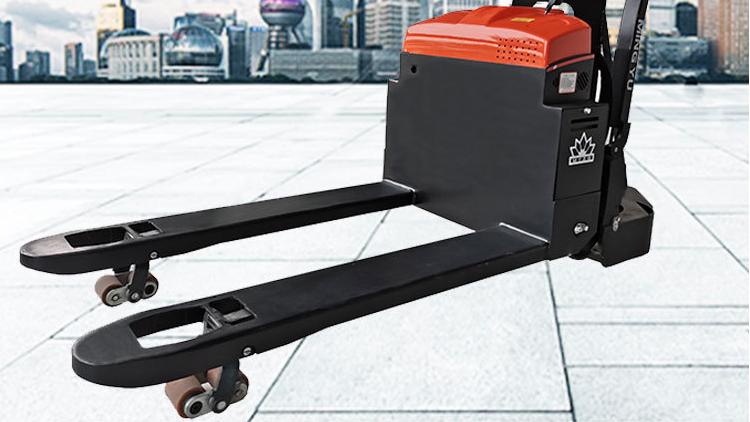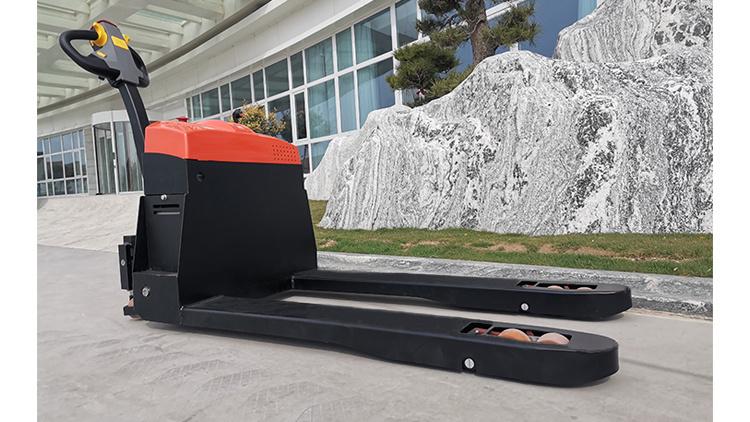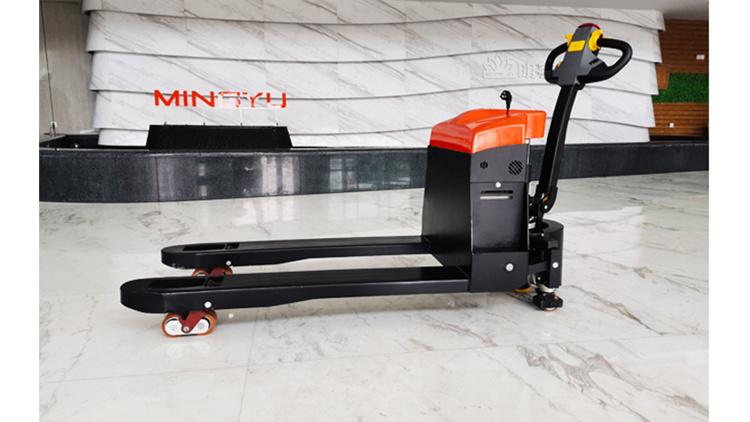What Are the Common Safety Hazards in a Warehouse and How to Prevent Them?
I. Introduction
Warehouses are dynamic environments with constant movement of goods, machinery, and people. While they are essential for storage and logistics, they can also pose significant safety risks if not properly managed. Common hazards such as slips, forklift accidents, and falling objects can result in injuries, product damage, or even fatalities.
This article highlights the most common safety hazards in warehouses and provides practical steps to prevent them. A safer warehouse means greater productivity, less downtime, and improved employee morale.
II. Slips, Trips, and Falls
One of the most frequent types of warehouse injuries, slips and trips can happen anywhere.
Causes:
Wet or oily floors.
Cables or packaging materials on the ground.
Uneven surfaces or poor lighting.
Prevention:
Keep walkways clean and clutter-free.
Use anti-slip flooring and proper drainage systems.
Install bright lighting and reflective floor markings.
Require non-slip footwear for workers.
III. Forklift and Equipment Accidents
Forklifts are powerful machines that can be dangerous if operated incorrectly.
Causes:
Inadequate operator training.
Speeding or reckless driving.
Blind spots or congested aisles.
Prevention:
Require operator certification and regular training.
Establish clear traffic routes and pedestrian lanes.
Use mirrors and audible alarms on all equipment.
Limit forklift speed and enforce safety rules.
IV. Falling Objects
Improper stacking or faulty racking can cause items to fall and injure workers.
Causes:
Unstable shelving.
Overloaded pallets.
Careless stacking practices.
Prevention:
Follow safe stacking height limits.
Conduct regular racking inspections.
Use pallet safety cages or nets.
Train staff on proper material handling.
V. Hazardous Materials Exposure
Chemical spills or fumes can cause serious health problems.
Causes:
Improper storage of chemicals.
Broken containers or leaks.
Inadequate ventilation.
Prevention:
Store hazardous materials in marked, ventilated areas.
Provide safety data sheets (SDS) and spill kits.
Ensure all workers use appropriate PPE.
Train employees on how to respond to exposure incidents.
VI. Manual Handling and Ergonomic Injuries
Poor lifting technique or repetitive motions can result in muscle strains.
Causes:
Lifting heavy or awkward loads.
Repetitive tasks without breaks.
Poor posture or workstation setup.
Prevention:
Train workers in ergonomics and lifting techniques.
Provide lifting aids like dollies and hoists.
Rotate tasks to avoid repetitive motion injuries.
Encourage stretching and microbreaks.
VII. Fire Hazards
Fires in warehouses can be catastrophic.
Causes:
Flammable materials stored improperly.
Faulty electrical wiring.
Obstructed fire exits.
Prevention:
Keep flammable items in fireproof cabinets.
Install and inspect smoke detectors and extinguishers.
Maintain clear access to emergency exits.
Conduct regular fire drills and compliance checks.
VIII. Inadequate Signage and Communication
Clear signage and communication are essential to avoid confusion and accidents.
Causes:
Poorly labeled hazards.
Language barriers among staff.
Infrequent communication of updates.
Prevention:
Use universal hazard symbols and multiple languages.
Display emergency procedures clearly.
Use communication tools like radios or mobile apps.
Conduct regular safety briefings.
IX. Poor Warehouse Layout and Traffic Flow
A poorly designed layout can lead to collisions and confusion.
Causes:
Narrow aisles or bottlenecks.
Lack of designated areas for loading/unloading.
No separation between pedestrians and machinery.
Prevention:
Design warehouse layout with safety in mind.
Clearly mark zones and traffic routes.
Use physical barriers where needed.
Regularly review and adjust layout as needed.
X. Electrical and Mechanical Hazards
Electric shocks or machinery malfunctions can be fatal.
Causes:
Exposed wiring or broken plugs.
Unmaintained equipment.
Lack of safety guards on machines.
Prevention:
Perform regular inspections and maintenance.
Enforce lockout/tagout procedures.
Install guards and barriers on machinery.
Ensure workers are trained in equipment safety.
XI. Lack of Safety Culture and Training
Even with the best equipment, a poor safety culture puts everyone at risk.
Causes:
Lack of training or onboarding.
Complacency or unsafe behaviors.
No incentive to report risks.
Prevention:
Build a safety-first mindset among all employees.
Recognize and reward safe behavior.
Provide ongoing safety education.
Encourage open reporting of hazards or near-misses.
XII. Conclusion
Warehouse safety is not optional—it’s a responsibility. From preventing slips and forklift accidents to managing hazardous materials and fires, each precaution plays a role in protecting lives and inventory. A proactive approach, regular training, and a strong safety culture are the keys to a safe, efficient warehouse.
Post time:Jun.30.2025



